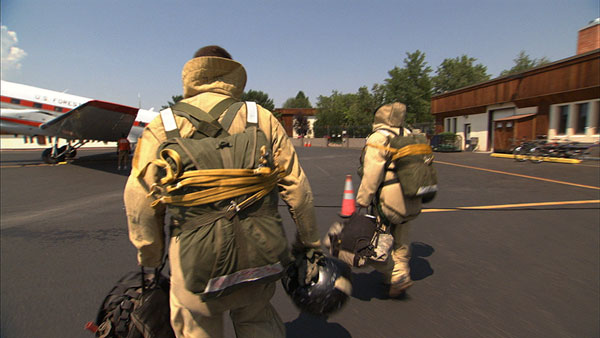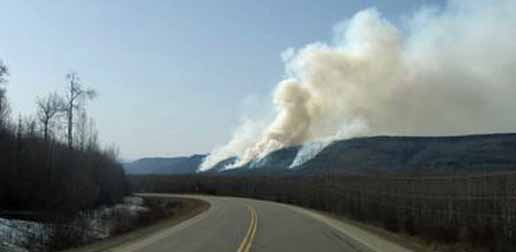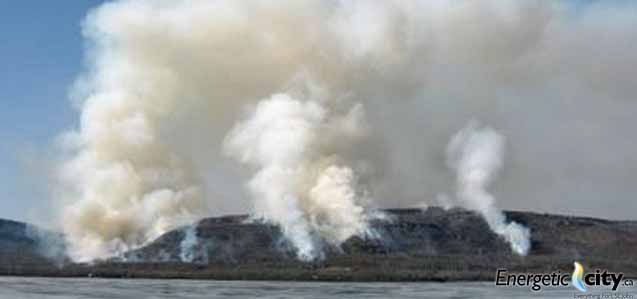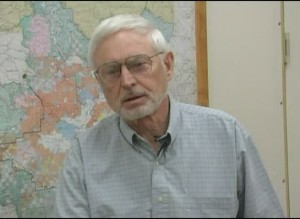 Smokejumpers from the Missoula, Montana base are going to star in a new one-hour special on CMT, appropriately named SMOKEJUMPERS, on Friday night, April 23 at 10 p.m., ET/PT. Currently planned to be just a one-time special, the senior vice president of programming for CMT, Mary Beth Cunin, was quoted as saying that if the special is successful, they could green-light the show for a full year of episodes.
Smokejumpers from the Missoula, Montana base are going to star in a new one-hour special on CMT, appropriately named SMOKEJUMPERS, on Friday night, April 23 at 10 p.m., ET/PT. Currently planned to be just a one-time special, the senior vice president of programming for CMT, Mary Beth Cunin, was quoted as saying that if the special is successful, they could green-light the show for a full year of episodes.
In 2008, a film crew from Megalomedia followed the Missoula jumpers as they trained and fought fires. They did not parachute from a DC-3, Shorts Sherpa C-23, or Twin Otter aircraft with the jumpers, but met them on the ground at fires. (Two smokejumper bases have USFS-owned DC-3 aircraft that have been converted to turbo prop machines–Missoula and McCall, Idaho.)
I talked with Missoula smokejumper Rogers Warren who explained that in 2008 the film crew had a special use permit from the US Forest Service which made it possible for them to film the jumpers and later use the footage for commercial purposes. A public affairs officer from the USFS accompanied the film crew most of the time.
Here is an excerpt from a press release from CMT about the program:
NASHVILLE – April 7, 2010 – CMT’s Friday night is getting hotter with the premiere of a new one-hour special, SMOKEJUMPERS, premiering on Friday, April 23 at 10:00 p.m., ET/PT. The special is the third piece of programming in CMT’s newly branded Friday night of adventure programming, CMT ADVENTURE COUNTRY, and immediately follows new episodes of GATOR 911 and DANGER COAST.
With hand tools, explosives, and the ability to think fast on their feet, SMOKEJUMPERS have one job – to contain the fire they are set to extinguish. But first, they must get there by parachuting into often unchartered territory and treacherous forests and mountains. The men and women of SMOKEJUMPERS show how they can often be the only hope to stop a fire burning out of control, and why they are the most important lines of defense against one of the deadliest natural disasters. Success means saving land, but failure could mean losing lives, property and costing millions of dollars in damage. The one-hour special, offers an inside look at this dangerous profession – from the nervous rookie jumper, to the twenty-year veteran, the thrill-seeking big-wave surfer, and the family man with a master’s degree. These SMOKEJUMPERS share one goal – to stop a potentially devastating and dangerous force of nature.
SMOKEJUMPERS is produced by Megalomedia, with Jonathan Nowzaradan as Executive Producer. Melanie Moreau and Bob Kusbit serve as Executive Producers for CMT.
The Danger Coast series, which follows waterborne firefighters with the Miami-Dade Fire Department, also looks interesting. Episode #102 will air Friday, April 23, at 9:30 ET, just before Smokejumpers.
Here are some photos from the CMT Smokejumper site:

More photos are below. Continue reading “Missoula smokejumpers on TV Friday night”




